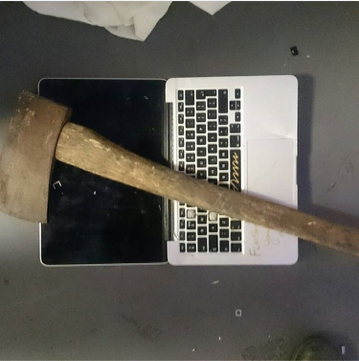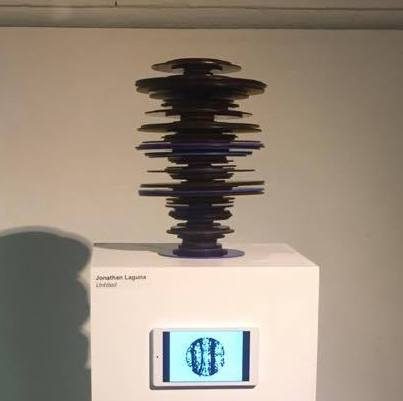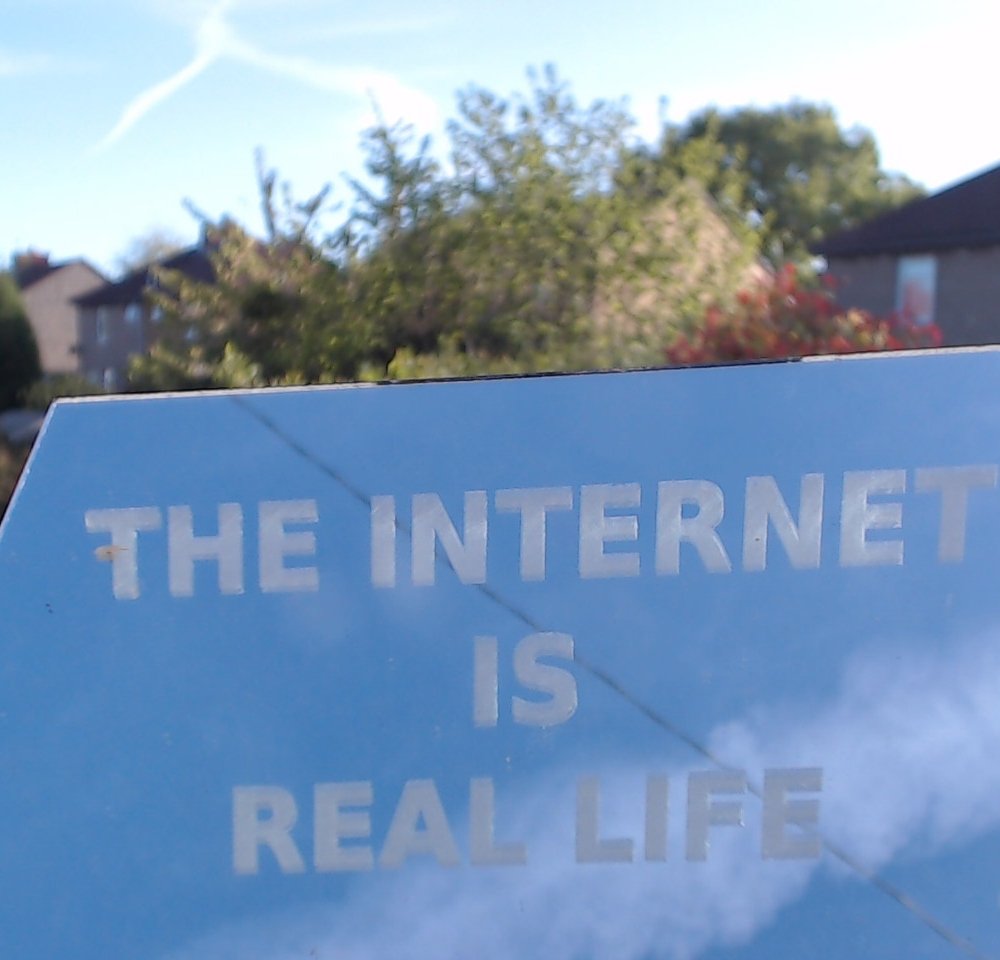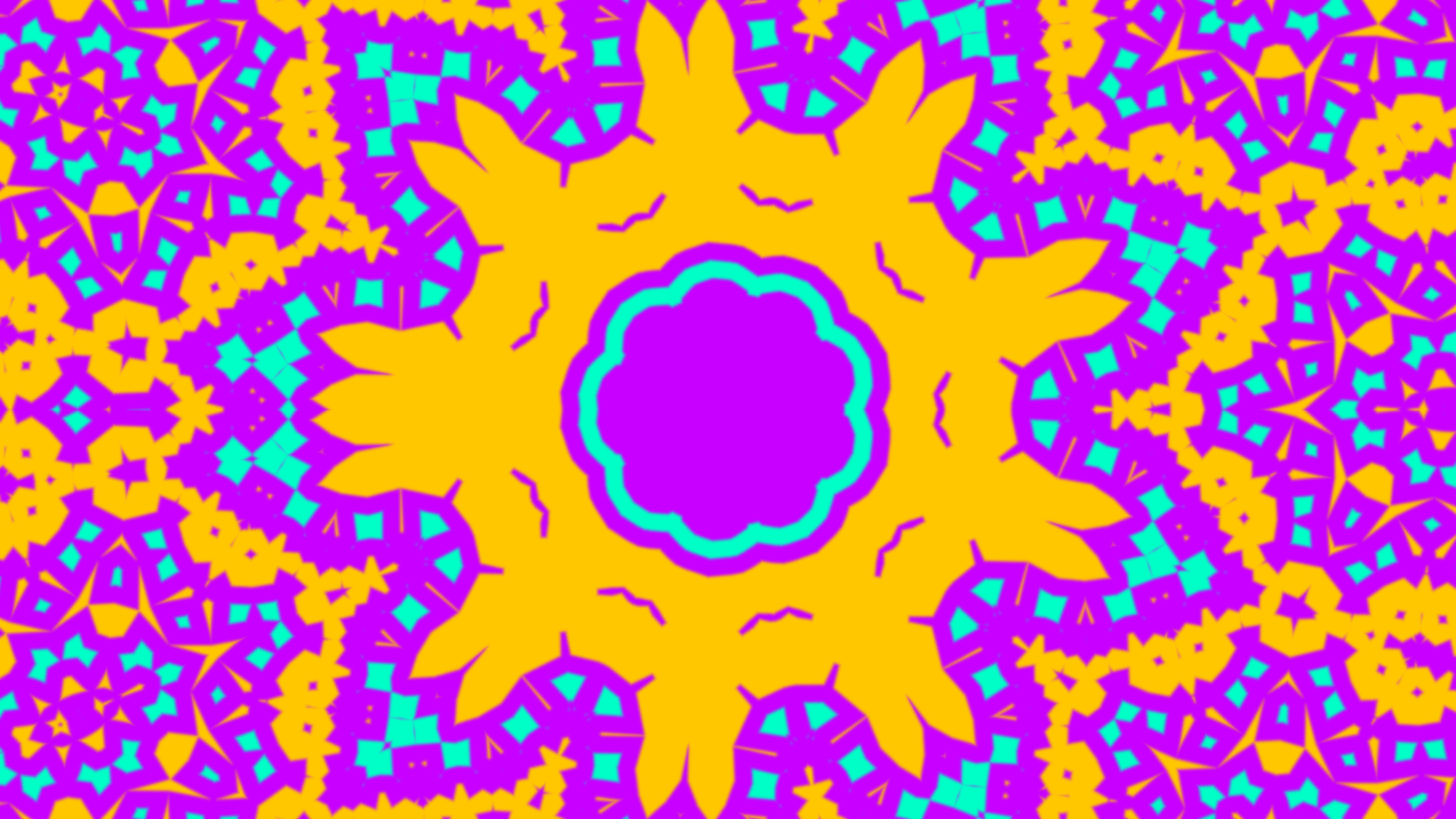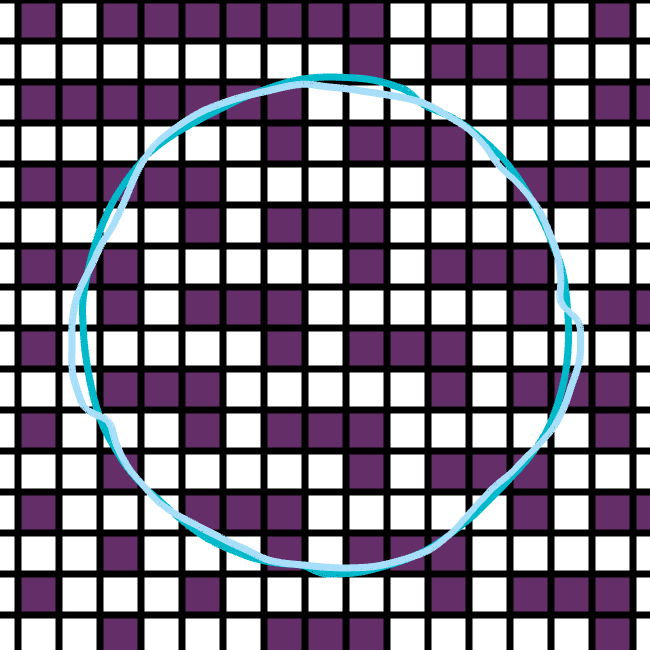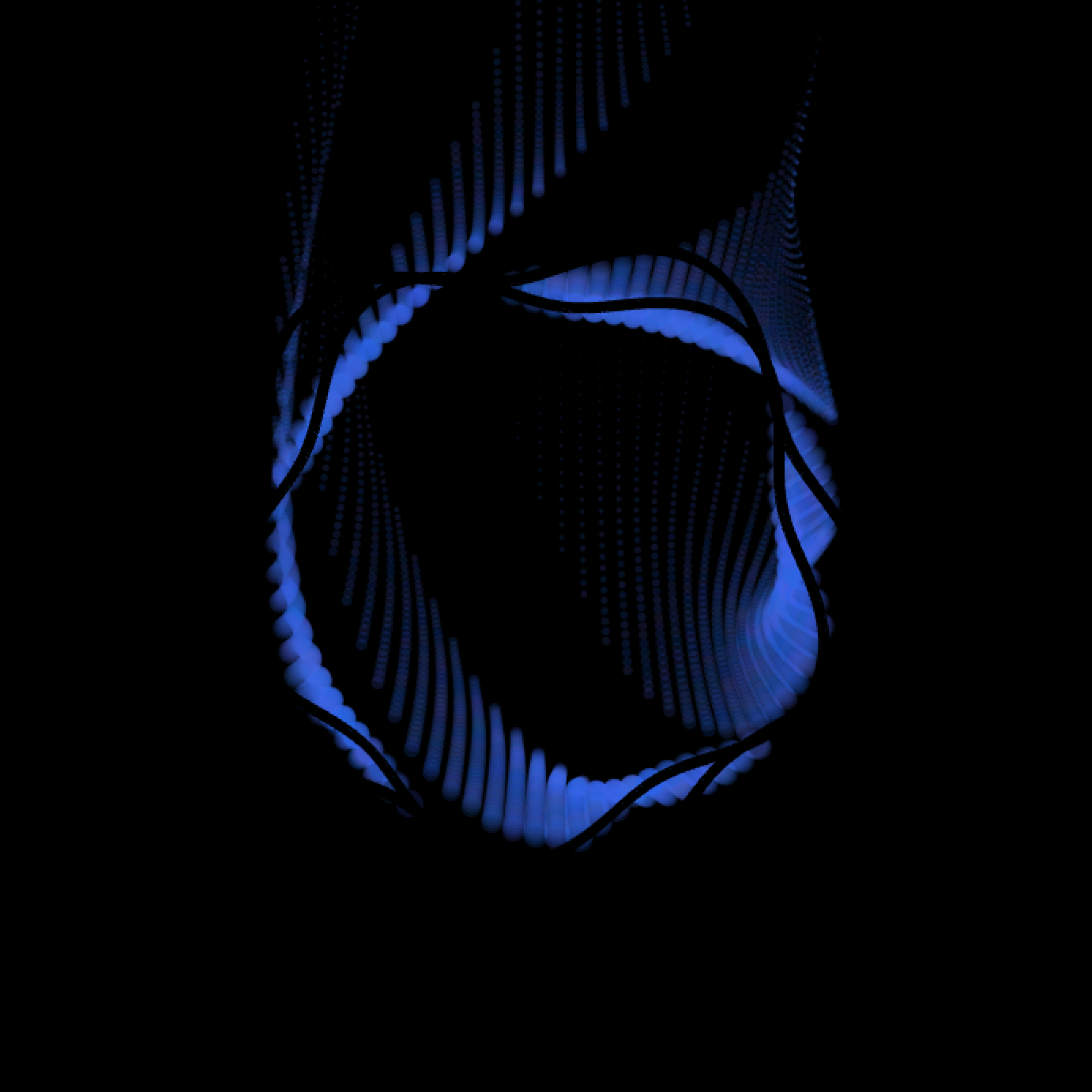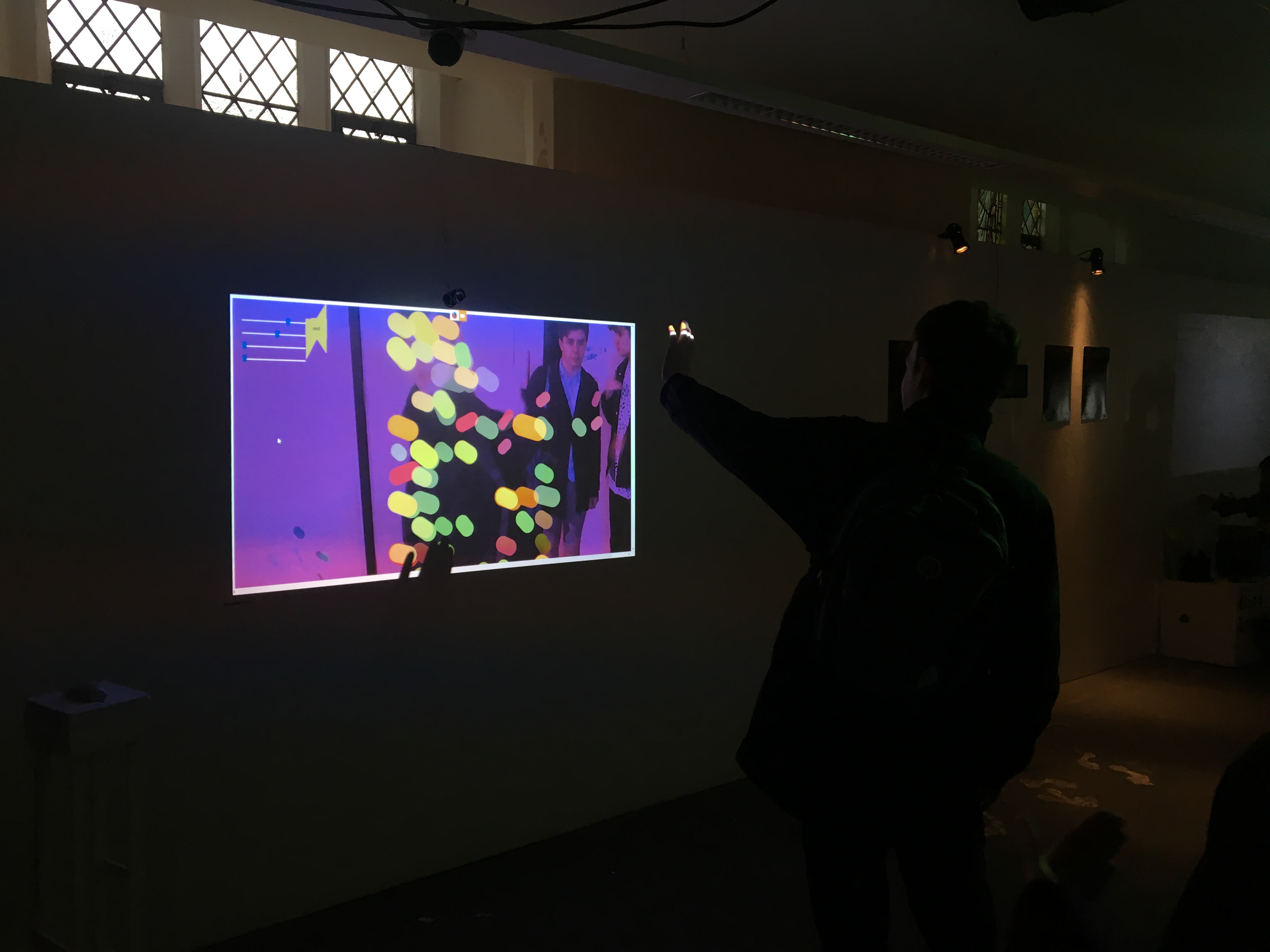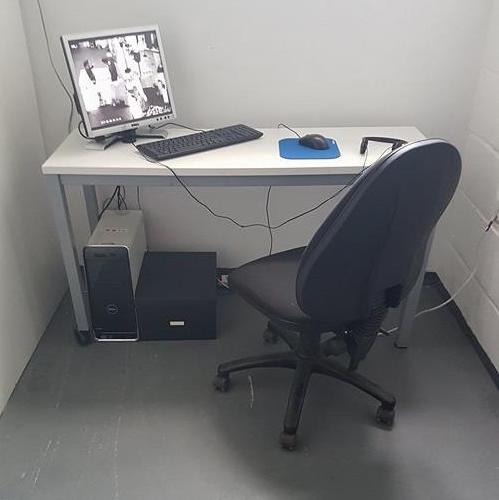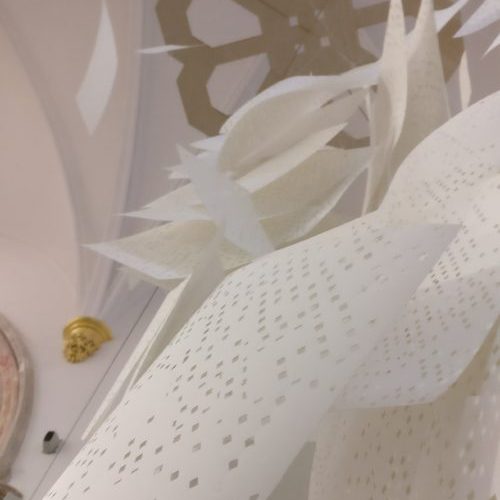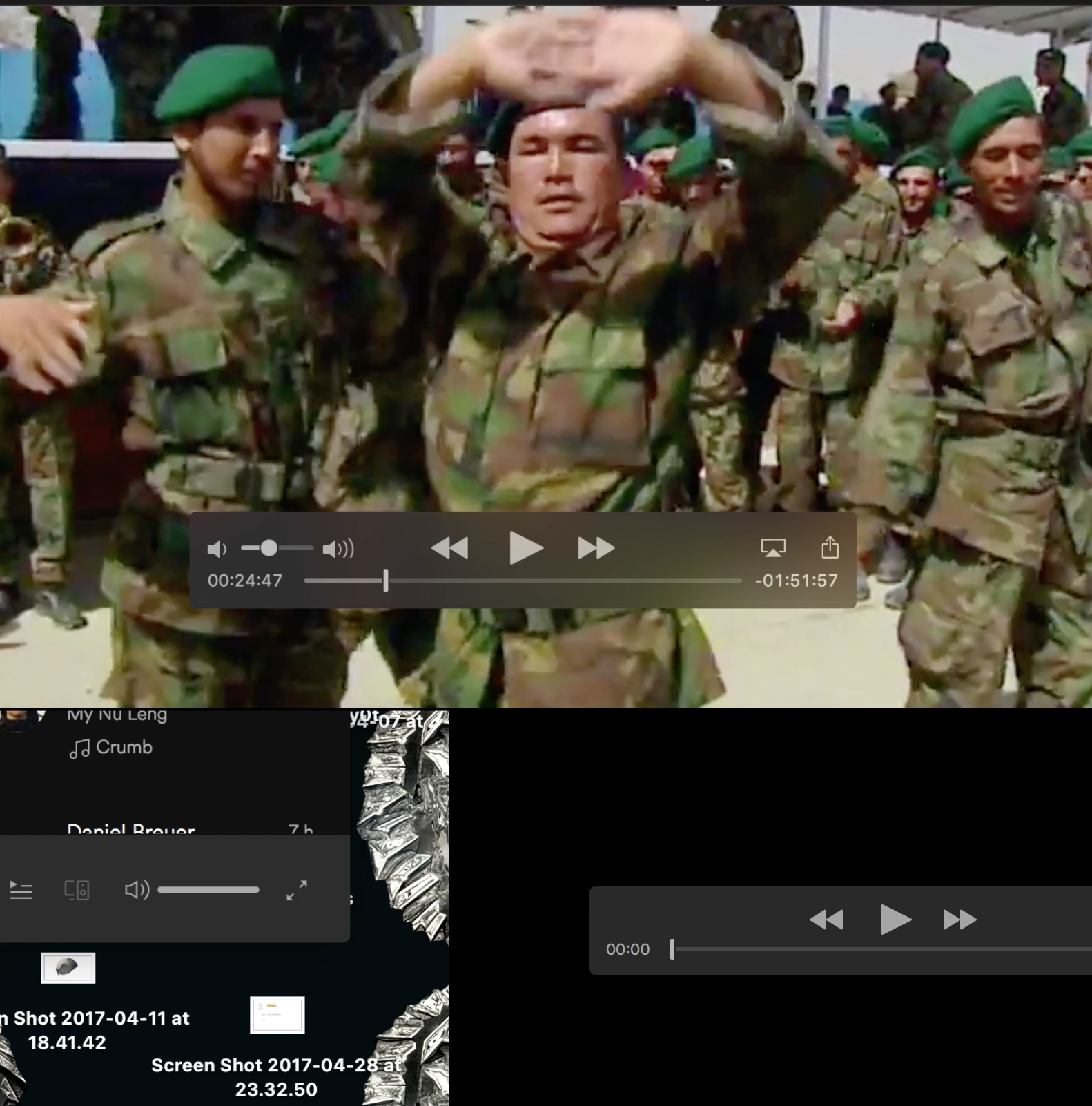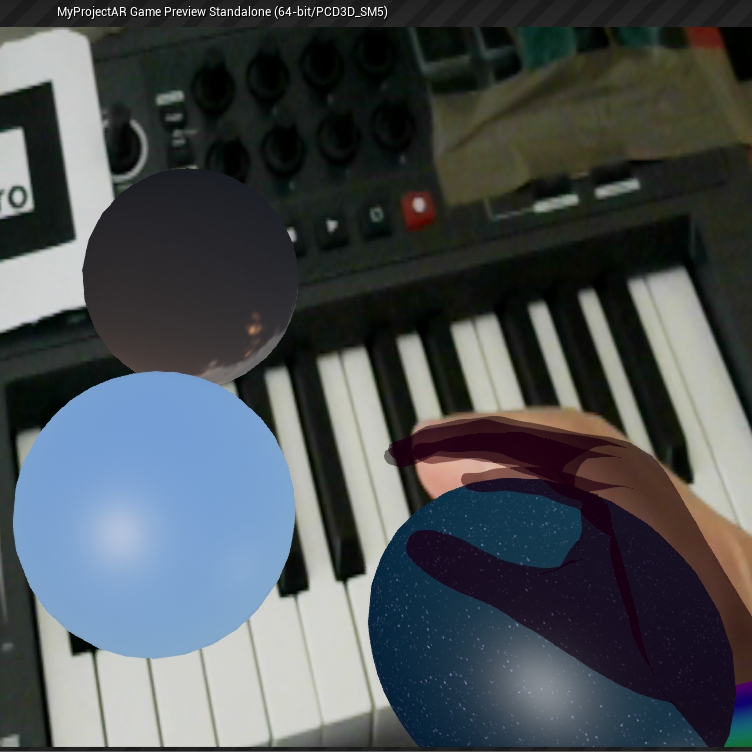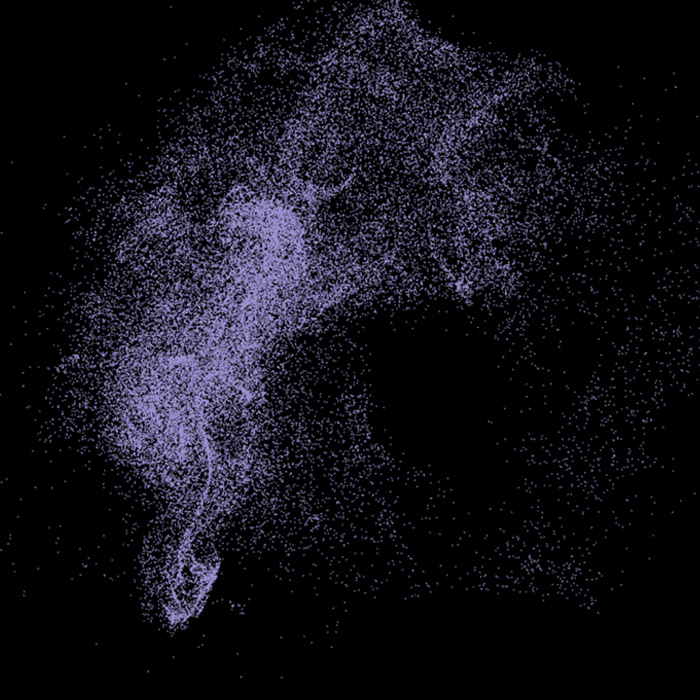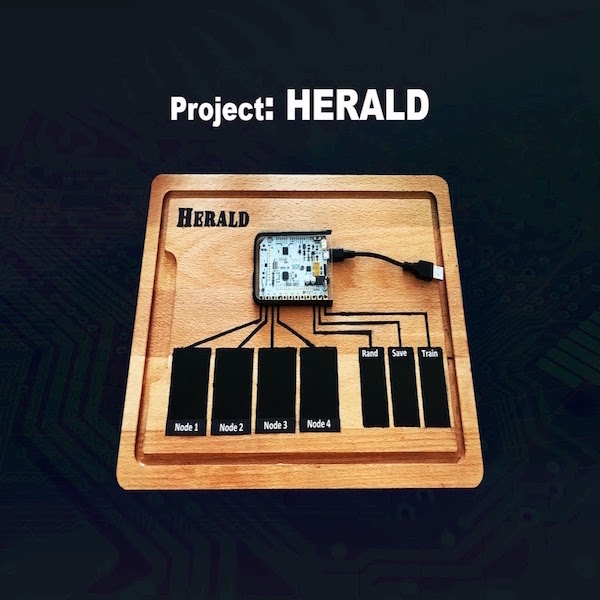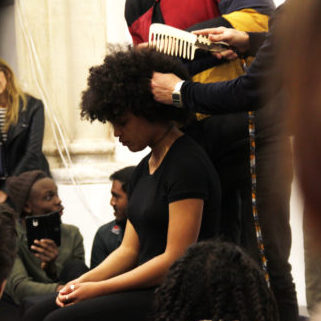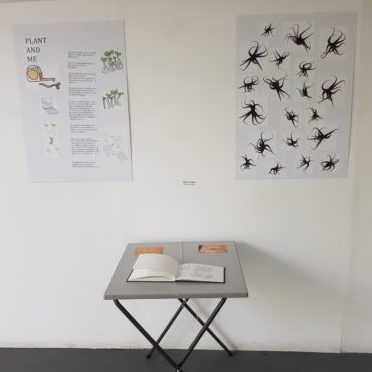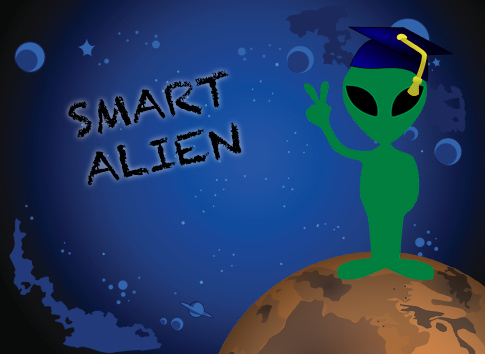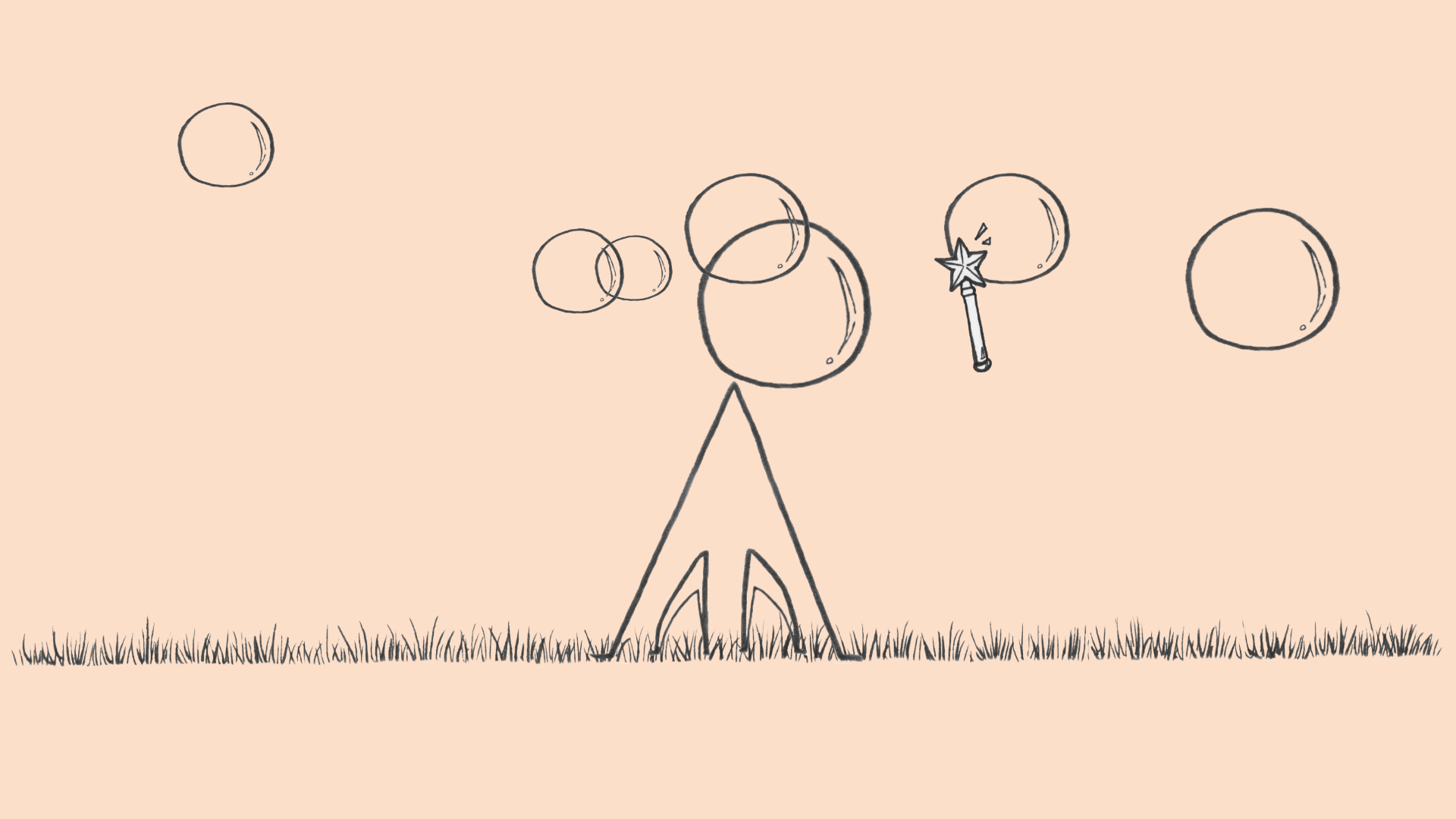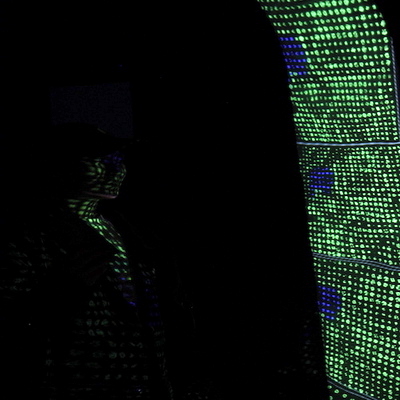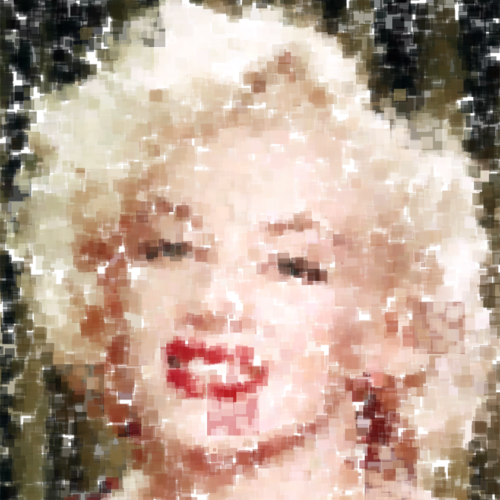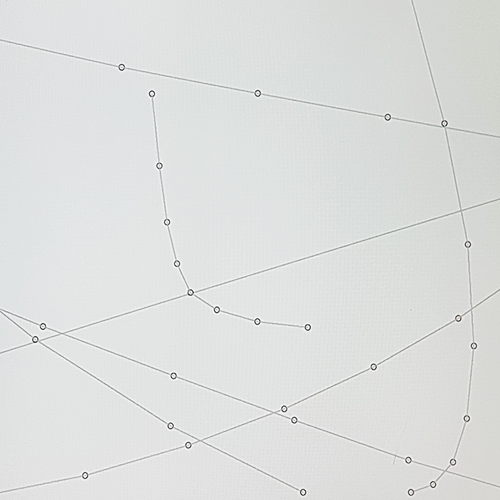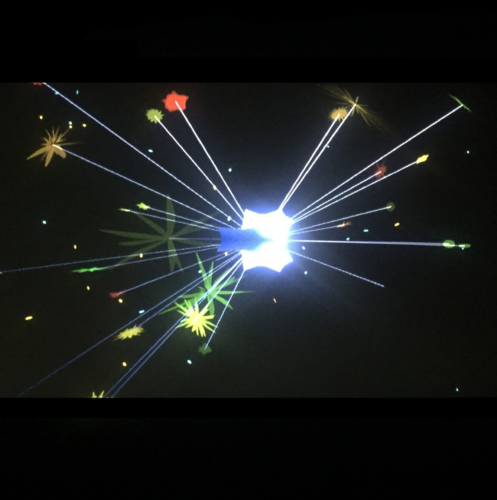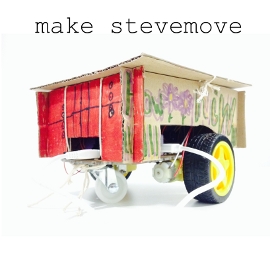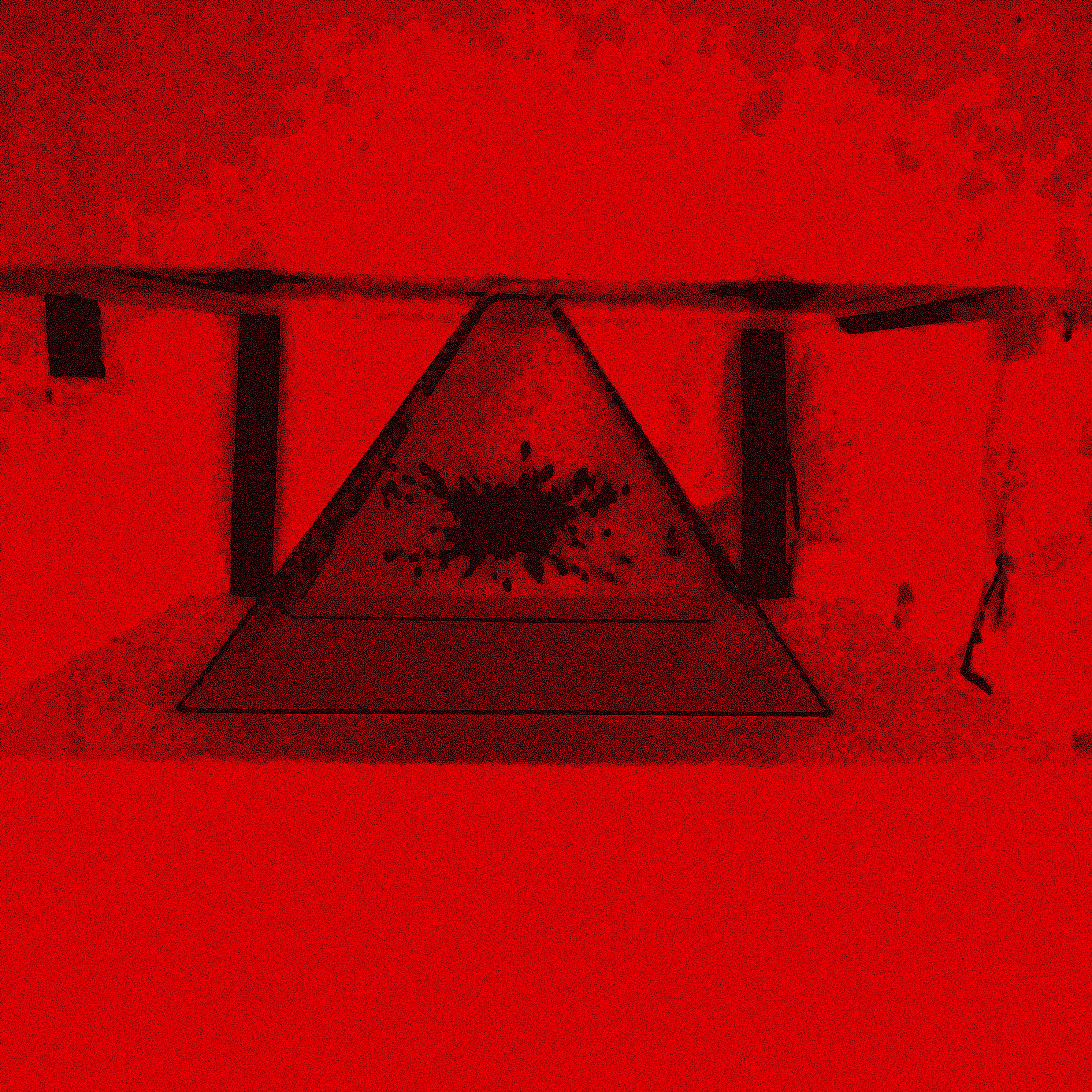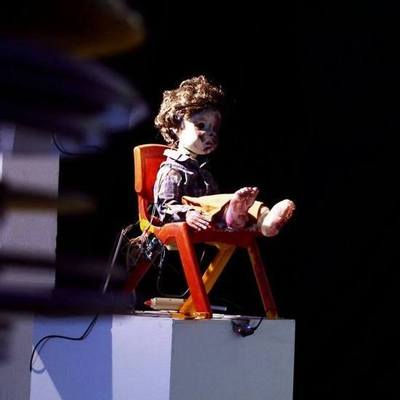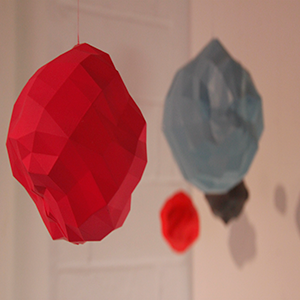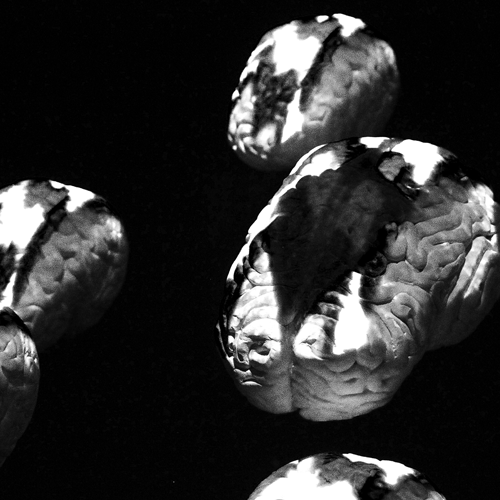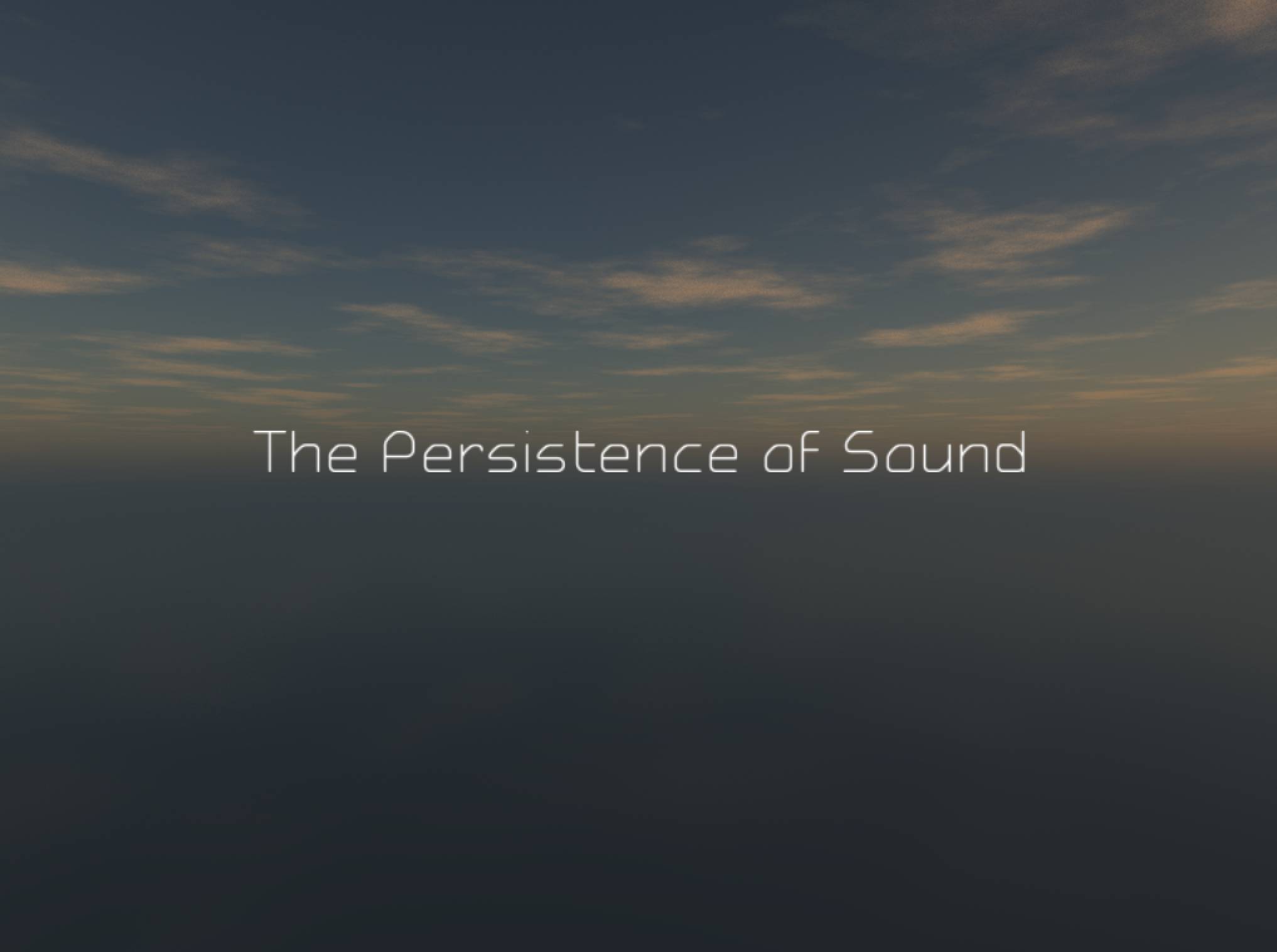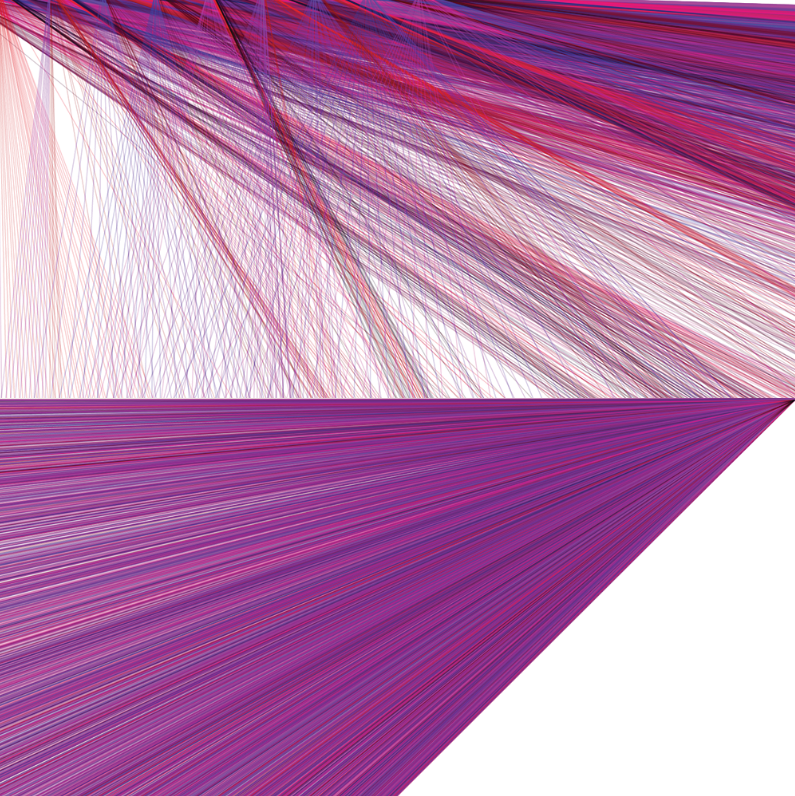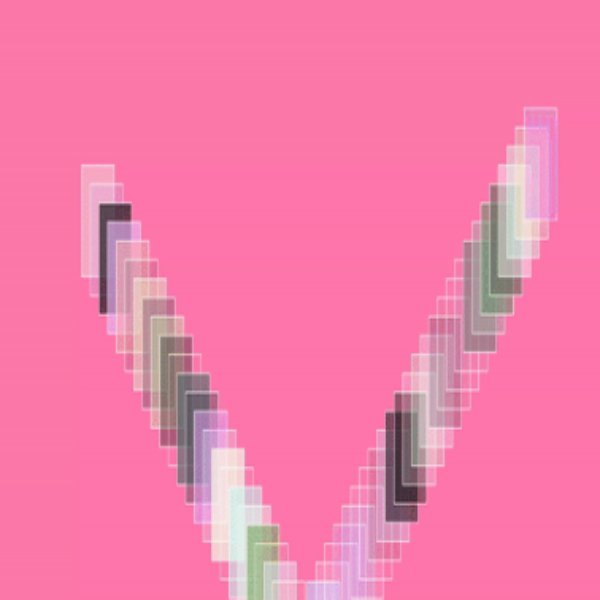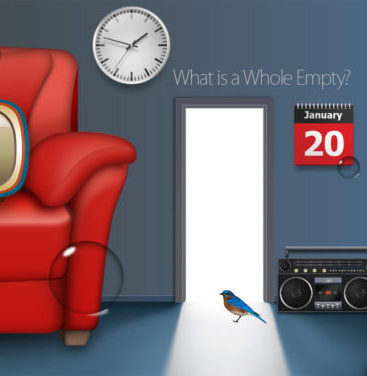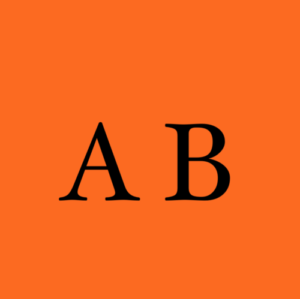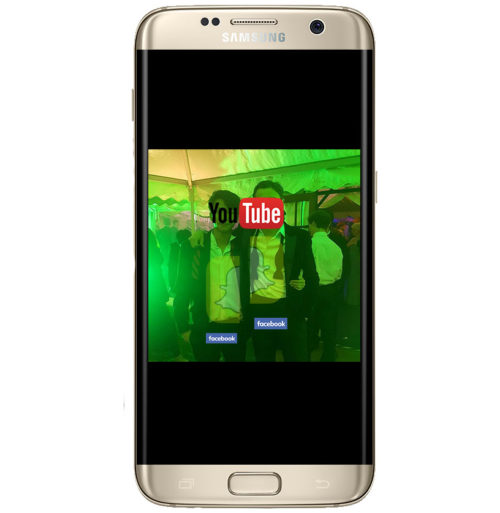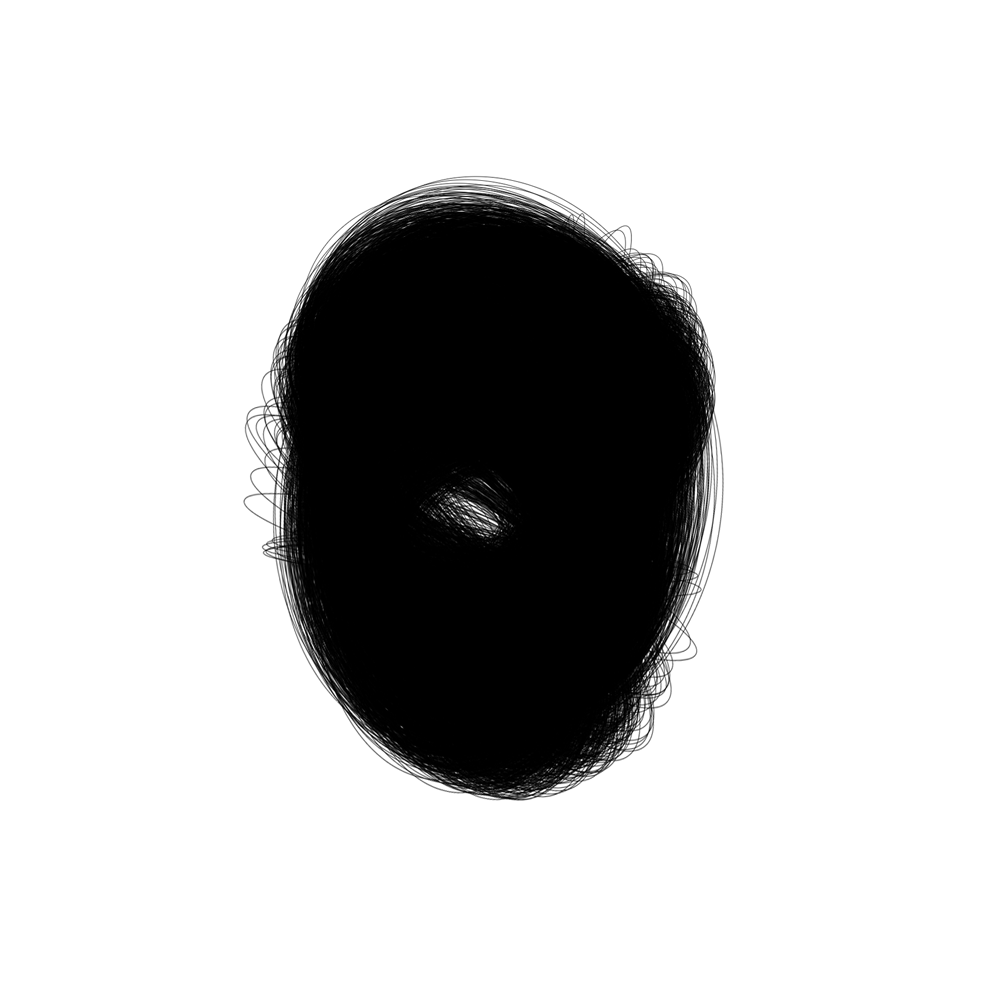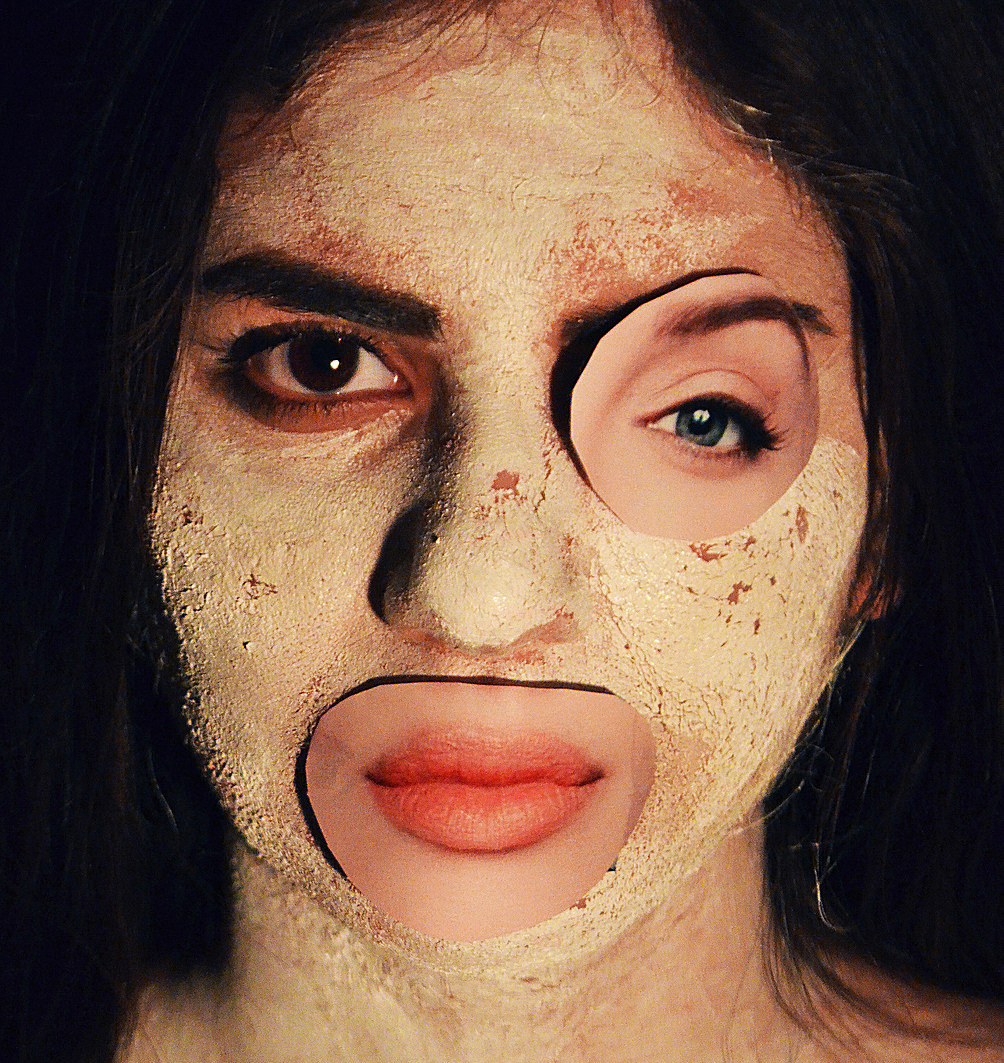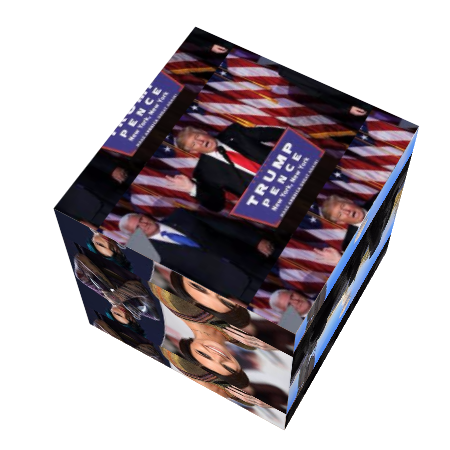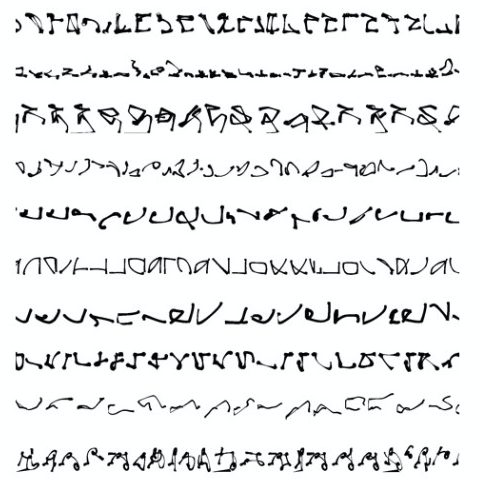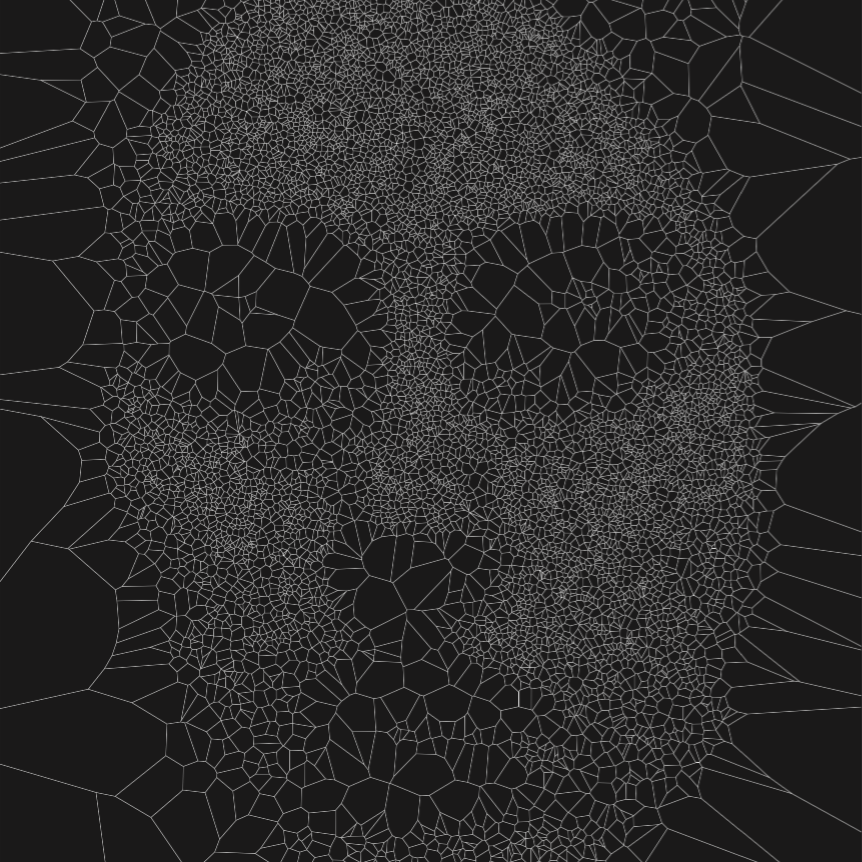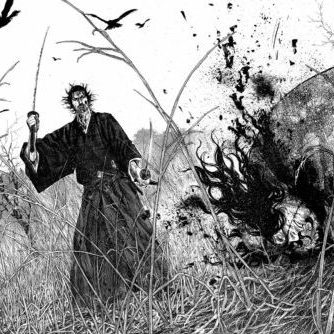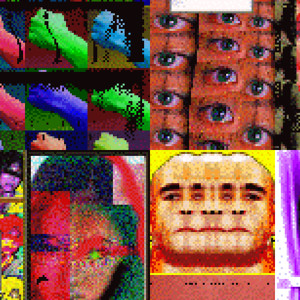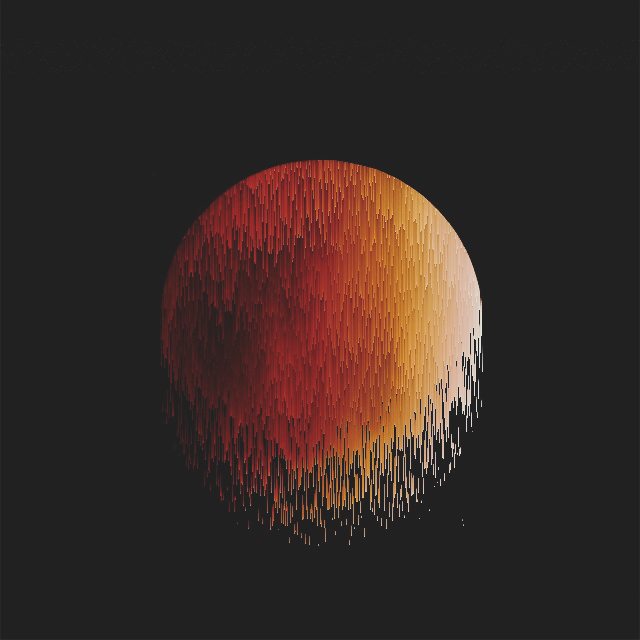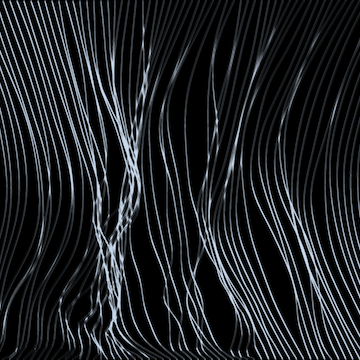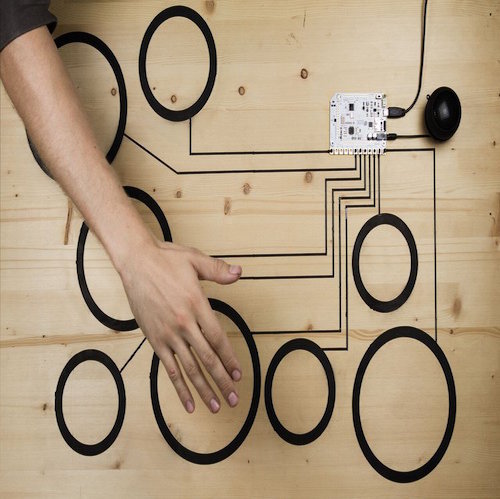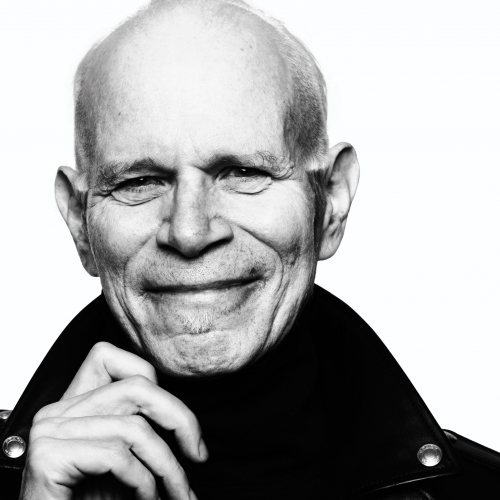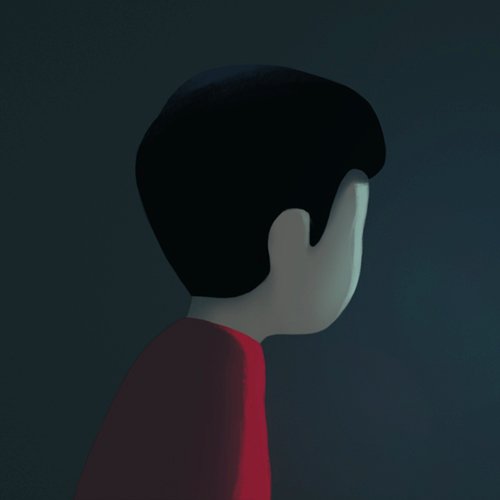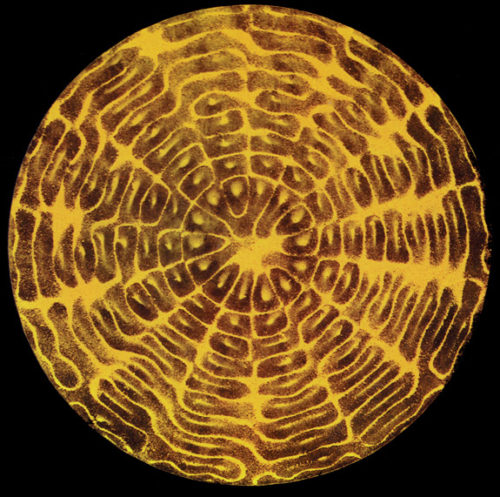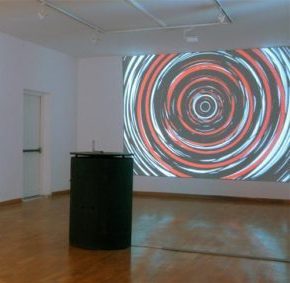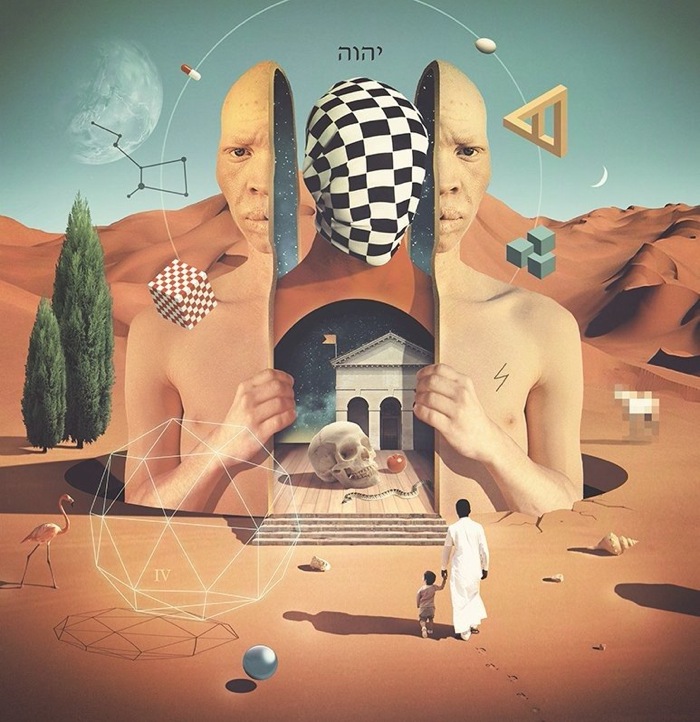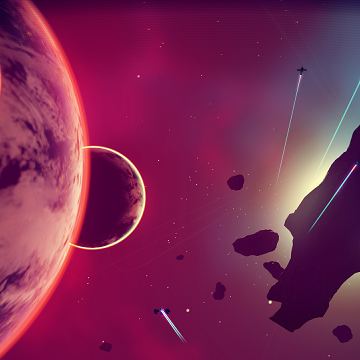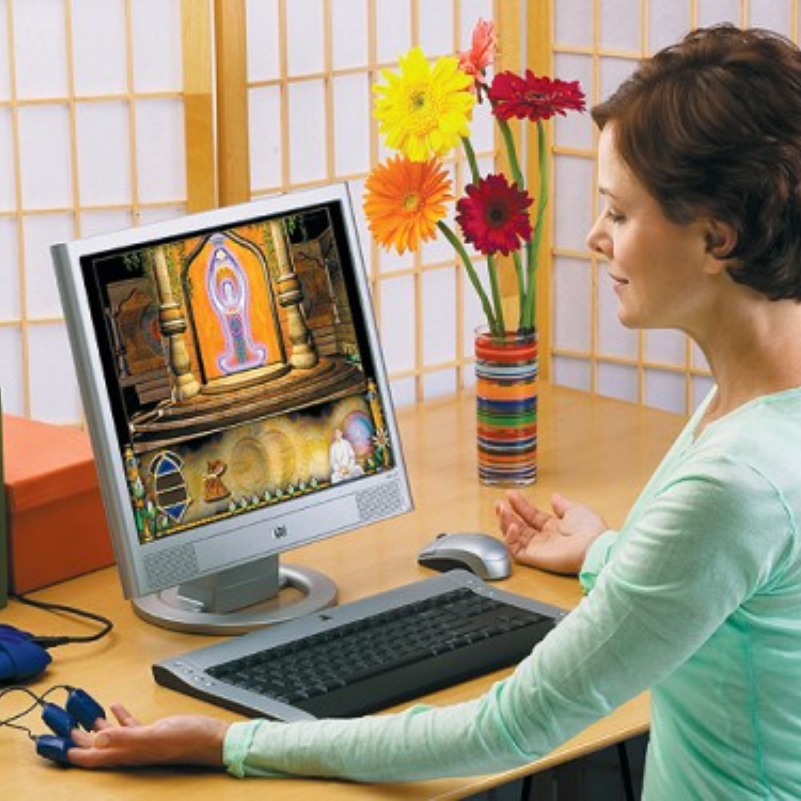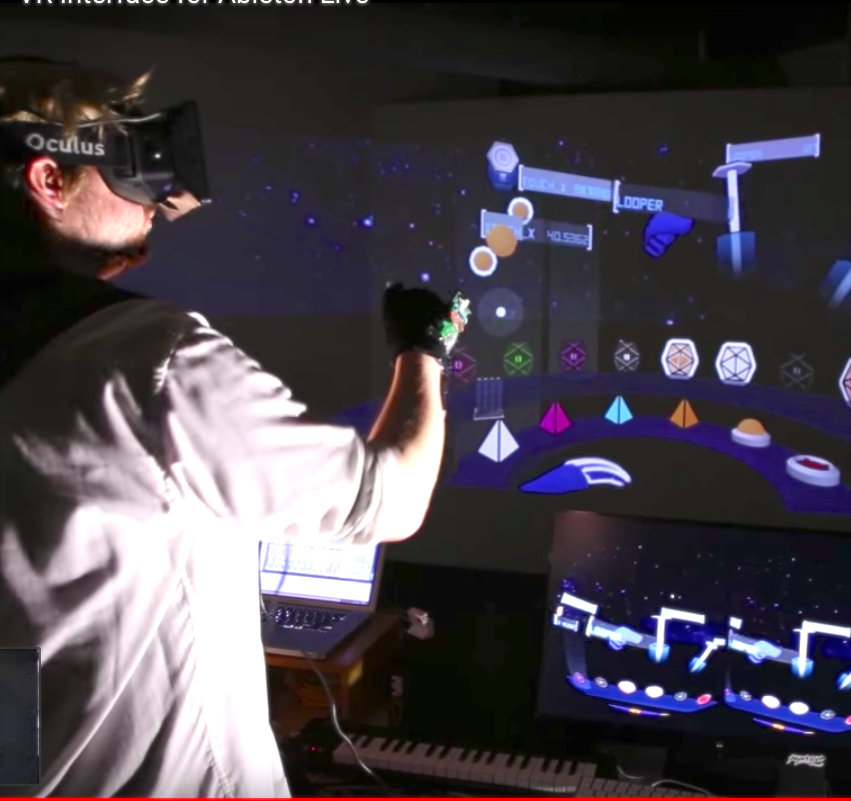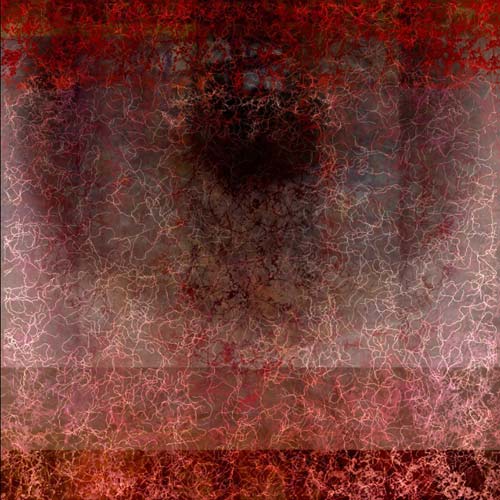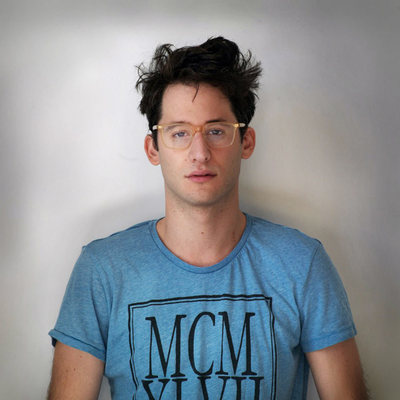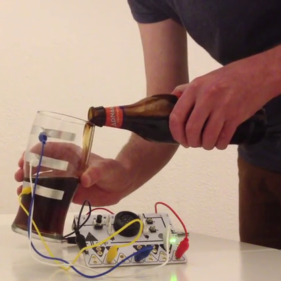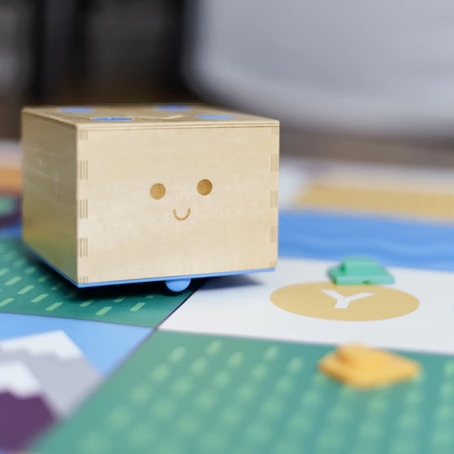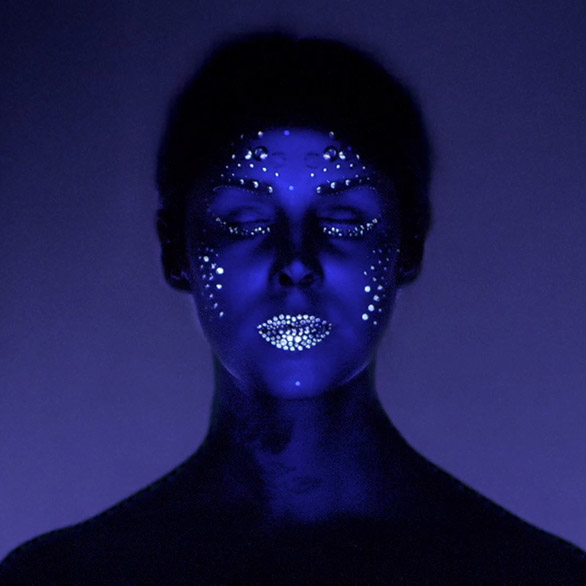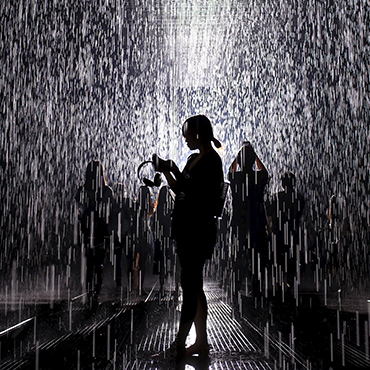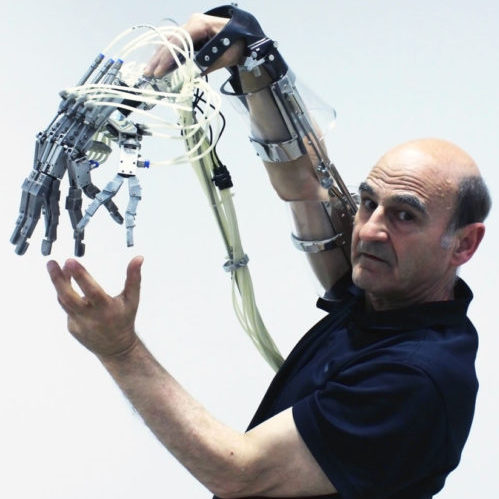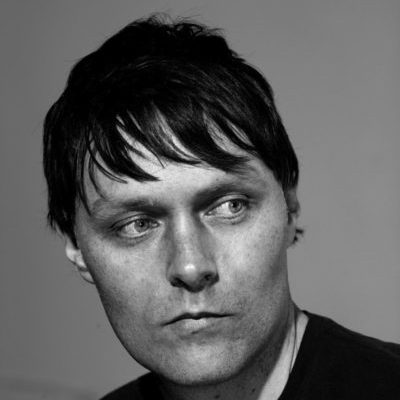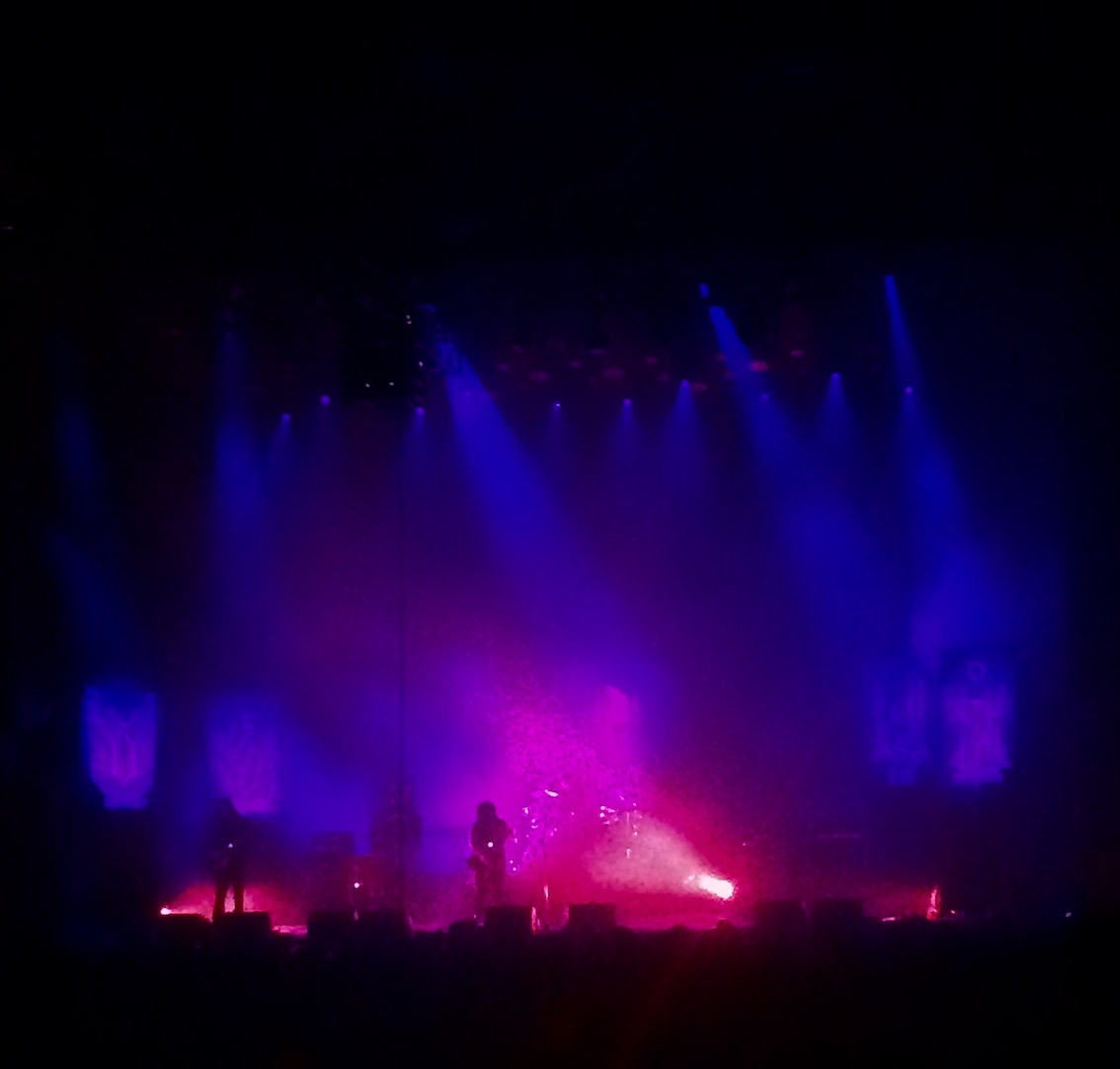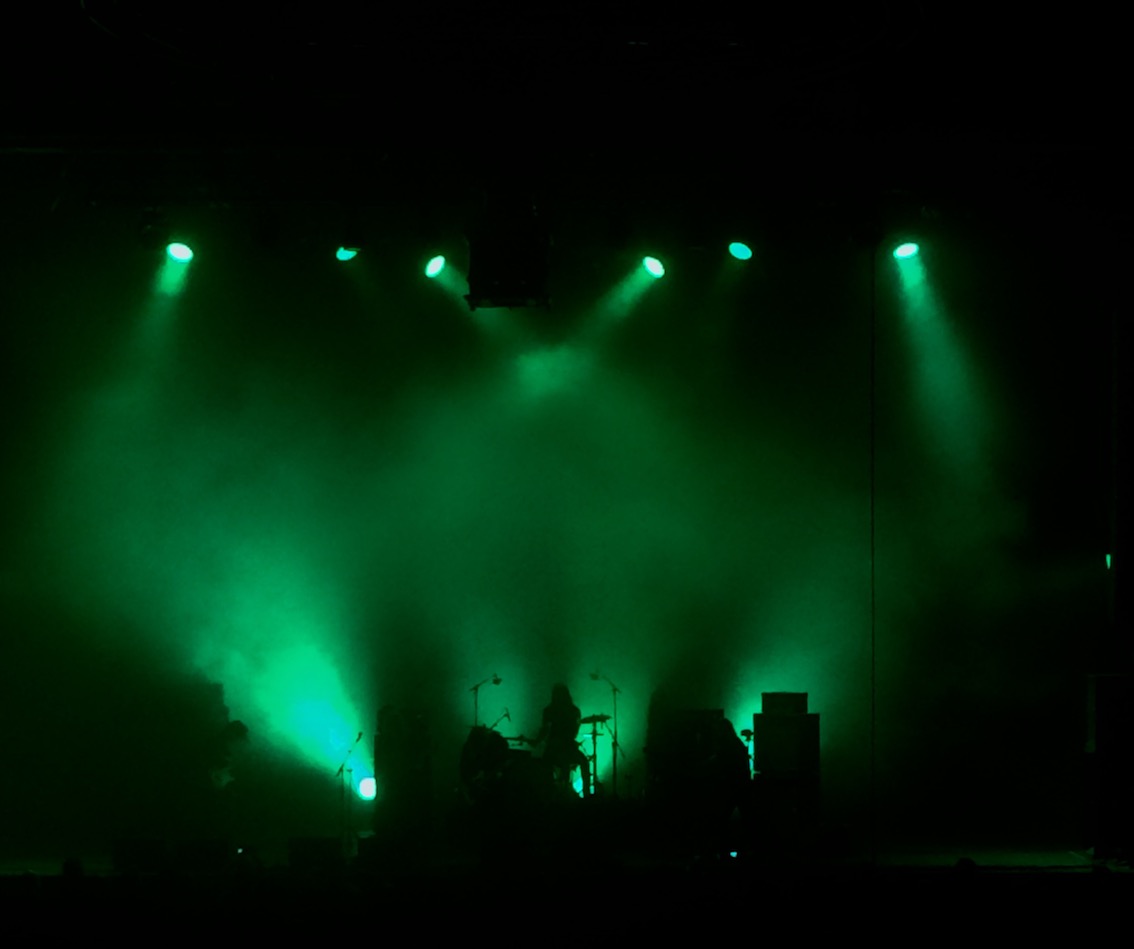Hexen
by: Isabella Celeste Maund
Project description
This project was an exploration of feminism combined with the production and use of software and sound. This piece explores the importance of the Witch as a feminist icon in the 21st Century through the medium of music. Traditionally female archetypes harness power from other people. The Witch, however, has power unto herself, she is self-defining in the same way women are defining themselves today. This piece celebrates feminine power and aims to redefine the boundaries of the female artist in music, specifically within the male-dominated black metal scene. The final piece was an audio track combined with an ambient room setting, to create a 'gig' atmosphere. The track was created using synthesisers that have been programmed from scratch in the C++ language combined with maximilian and juce; my studio space and instruments exist only in the virtual.
Background Research
What is our understanding of the witch in the 21st century? For many, the witch is a mythical creature from a fairy story, like the Wicked Witch of the West in the Wizard of Oz or the evil stepmother in Sleeping Beauty. However, witches are not the fictional beings some would have us believe. During the Renaissance era in Europe and North America, witches were believed to be real and were hunted, tried and victimized. They were typically women and non-binary individuals who existed outside of the socio-sexual norm and who actively or passively challenged societal norms. In the 21st century, the witch has become a feminist icon probably because the witch is both a ‘victim and a victor’ a characteristic that many women can relate to. In my piece I have be explored themes of the witch as a feminist icon, who has the ability to liberate and inspire individuals who do not fit within societal norms. I am specifically investigating the importance of music as a tool to express female power and pain. I have been strongly influenced by my own passion for black and doom metal, a genre of music which subscribes to darker and deeper expressions of the inner self and often draws inspiration from occult and pagan imagery and literature often associated with witches and the supernatural. The metal music scene has a history of being male dominated, sometimes even classifying female-fronted metal bands as an independent genre of its own. I have created my own music, inspired by the aesthetics and culture of the witch, occult and pagan imagery and the black metal genre. I have chosen to program my own instruments to liberate myself from the boundaries of the “real life instrument” and create a virtual music studio that is free from the limitations of owning and playing physical musical instruments. My final product was a piece of music that was played in a room with visual imagery in the form of projection that contributed to the overall mystical experience. The aim of this piece is to celebrate feminine power and redefine the boundaries of the female voice and artist in music, specifically within the black metal scene.
To read more on my background research please follow this link.
Audience
One striking aspect of the metal scene is its extremely strong sense of community. Fans travel far and wide to hear the bands that they support, spending time and money to be part of an active and thriving community. There are metal bars, metal clubs, metal festivals and metal websites which specifically reach out and appeal to metal fans. Thanks to these communal spaces many friendships, relationships and artistic collaborations can blossom. This strong sense of community gives many people a platform to find those with mutual interests and experiences, but can also remind us that enjoying metal may be the only thing we have in common.
The metal music scene is extremely male dominated and at times can be extremely alienating, i.e. misogynistic, homophobic, racist, etc. I do not support bands and individuals who promote these views and many reputable magazines and websites have discussed this problem. [1] The aim of this piece was to attempt to remove some of the stereotypes that metal is only for white heterosexual men, and fully celebrate the diversity within the scene. There are very few metal bands that represent people of colour, women and LGTBQ+ individuals and consequently many of these people do not have a voice within the scene. My project also aimed to erode the stereotype that only men can make “good” black metal. With this, my intention was that the project will give confidence to those who want to express themselves in similar ways. Channeling the power of the witch as an icon to remind individuals of feminine power was a part of this, as aesthetics and imagery are very important in the overall musical experience. I also attempted to demonstrated that making music does not have to be impossibly difficult - access to a computer, some basic programming knowledge or some software is all that is needed. It is important that more female, non-binary and POC individuals can have a place within the mainstream and underground metal scene. So my hope was that being a woman and creating a black metal inspired track, would inspire others and also start my journey into not only being a consumer but also a creater of metal music. I recognize that there is a stigma associated with computer programmed and -generated instruments and music. One common argument that is often used is that the computer is sterile and lacking in soul. This can easily be countered if we refer to technopaganism, where there is a clear understanding that, “computers are simply mirrors […] There’s nothing in them that we didn’t put there. If computers are viewed as evil and dehumanizing, then we made them that way. I think computers can be as sacred as we are, because they can embody our communication with each other and with the entities – the divine parts of ourselves – that we invoke in that space." [2]
Despite some problems with creating my final audio track, the reception that I recieved from audience members about my final piece was overwhelmingly positive. I had an audience member compare the track to Sunn o))) and others said that they really felt the intensity and atmosphere of the piece. Being able to create and maintain a certain atmosphere with music is probably one of the most challenging things about displaying audio as an artwork. I was worried that the piece would not be taken seriously and I believe that despite the movement of audience members in and out of the room this was not a significant problem. I think this was partially due to the loudness of the piece and simplicity of the room decoration. I was very pleased that audience members were able to recognize that this was inspired by metal music and that they were impacted or inspired by the piece. I think that perhaps the fact that it was not obviously a feminist themed piece of work was also helpful, because it did not alienate audience members. However, this may have had an impact on how the piece communicated it's original concept. Despite this, I believe that because I am a woman, not only producing black metal but also using programmed instruments, this alone shows a relationship between woman and the production of extreme music.
Creative Process
The hardest part of the creative process was actually making a piece of music. Building my VST plug-ins took a very long time, much longer than I had originally anticipated. This is because it was my first attempt at doing this and learning how to use the Juce library. This resulted in having little time to experiment with creating the final audio track. The main challenge was using the VSTs in logic, as they are saved as midi. This means that the parameters that I had set for them could sometimes reset and completely alter the track. The VST's worked better with my plugin-in host, and would often break within logic due to problems with my code. Despite this I believe that the instruments I have created, this includes an FM synthesiser, additive synthesiser and granulator, all make very interesting sounds and have useful parameters. They will be used in the future to create more music with better mixing as I become more familiar with the logic software.
In terms of creating an atmosphere to display my audio track in, I decided on a red hue in the room. I did this by attaching strips of red tinted lighting gels to the lights in the room. This took a very long time, but had a fantastic effect as the whole atmosphere of the room was changed. Typically, at most metal shows and festivals, the use of of light is very important to create specific atmospheres. Warm and cold lighting will really chang the overall "vibe" of the performance. I chose red light as I believed it would have the most striking impact and is quite traditional in terms of metal aesthetics. Please see the pictures below of examples of light used at the Roadburn festival in Tilburg, Holland. I also had to seal off light coming from the windows which also required individually measuring out the size and shape of the window and cutting out black card. This was then stuck into the windows to attempt to remove all natural light which worked well and intensified the red light of the room.
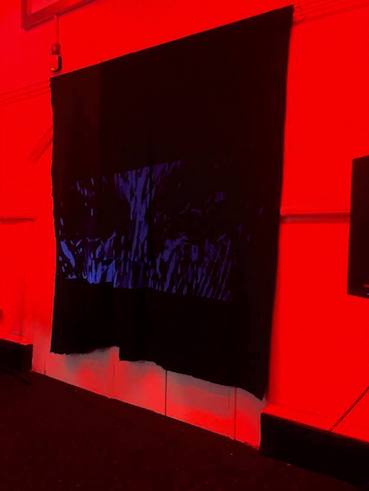

I also added a large black cloth in the centre of where I had placed the speakers. This was then used to project a self portrait image I had created using a woodcarving method. This image seemed fit for this audio track and overall ambience because it has a witchy, black metal aesthetic. During the creative projects process, deciding on how I would present the audio track was very challenging. At first I decided I would show projections, then I thought it would be interesting to have a performance with the music and then I even thought it may be interesting to have no visual distractions. I realised that the most important part of displaying the piece was having the audience pay attention to the music and not be distracted by other work in the room. However, when setting up my room I realised that the red lighting was perhaps not enough to complete to the room. I decided that creating a focus in the centre of the room would create a point of focus, which could would help draw people in. The projection of the self-portrait and large black wall hanging worked very well because it gave the audience something to focus on whilst listening. Upon reflection, I would have perhaps liked to decorate the room further, but then again I think the simplicity of the red lighting and black projection maintained the focus on the music.
Technical Process
The plugin processor requires values between 0-1. Due to a problem with my code, the actual range we got was between 100,000 to a really large number. The solution was to normalise this 1-10000 in the plugin editor via thegetNormalisedValue function, before it was fed into the plugin processor. This was a major problem that was occuring in every synthesiser but was solved using this function. [3]
Another problem I had to solve was with the textboxes that showed the labels for the different parameters of the plug-ins. Due to the fact that the sliders were all the same height, Juce turned all the slider labels into bounding boxes that would collide into string of three full stops. This was remedied in one of the synths by drawing some text using the following function mptySynthAudioProcessorEditor::paint (Graphics& g). So it is just drawing text, which does not seem to delete itself. Alot of the code relies on the sliders and parameters linking up correctly, which requires a careful and exact naming with string literals. On ocassion after a long programming session human errors would occur and it meant that sliders did not effect parameters like they should. To solve this I had to spend a lot of time double checking my code, to make sure that everything was named and linking correctly.
Another problem I had nearer the end of creating the VSTs was complining Juce. The VSTs were compiled to 32 bit binaries initially, whereas logic wants 64 bit binaries. This was solved by changing this in the projucer, and scanning for updated VSTs in logic. Also, my osx was too old for the minimum deployment target set in the projucer, which meant i had to lower the deployment target which was also changed in projucer.
Generally, because it was my first time using the Juce library, I encountered many small problems a long the way. Because there had to be a lot of repetitive code written for my sliders this became quite tricky at times as I encountered problems that were easy to solve, but difficult to identify at times. I believe that with practice these will not be issues in the future and when using any new library unexpected issues can occur. All these small problems combined caused delays in my timeline, and I think this was perhaps because I underestimated this lengthy process. However, I am very happy with the end result as all the plugins work and have the potential to be very useful for future projects.
Reflection on Final Piece
Despite having problems with my VSTs and this having a huge impact on how much creative time I had to produce music, I believe the final product was successful. In terms of the exhibition, the room achieved what I wanted it to. It created a certain atmosphere, the lights and the projection were the main reason for this. They allowed for a point of focus for the audience, which kept them interested and in the room. The music worked well in this space and was played at a loud volume. This meant that conversation was almost impossible to have, further creating focus in the room. Originally, I wanted to play the audio track at set times, meaning that audience members would not be allowed to enter/leave the room. This was planned to make sure that the track was listened to properly, and to create a serious atmosphere. However, due to the fact that the piece ended up being quite short (at first, 3 and a half minutes and after further editing 2 and a half minutes), this did not make sense. The room already had an intense atmosphere and the music was very heavy and permeating which contributed to this. Despite the final track not being completely representative of black metal, it did have obvious and identifiable black metal inspiration. I found it hard to create something that sounded truly black metal, because it takes a lot of time and practice to create this sound with synthesisers. However, I do believe that the final audio track captured the traditional rawness which is an important element of the black metal sound. In terms of representing the witch: in many ways, the importance of the witch in this piece deteriorated over time. The witch was more of an icon through which I could channel


